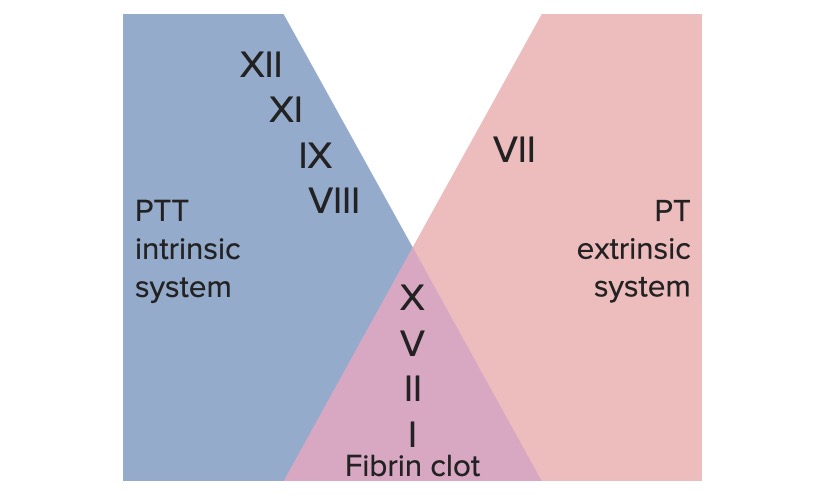Playlist
Show Playlist
Hide Playlist
Flow, Pressure and Resistance Theory – Blood Vessels and Pressure (Hemodynamics)
-
Slides BloodVesselsAndPressure VascularPhysiology.pdf
-
Download Lecture Overview
00:00 Blood Vessels and Pressure. Here we're going to go through some very basic principles of how you get blood flow traveling through both the vessel as well as out of the heart but before we do that let's talk a little bit about the theory behind this process. This all is based upon a theory called Ohm's Law. We use Ohm's Law in Physics quite a bit to talk about things like current and how current changes with various voltages and resistance. So it has to do with your electronics. We can apply that very same principle, however, to the cardiovascular system. 00:37 To do that, we use F as flow and that will be substituted for the I. We use ∆P which is a change in pressure to signify the voltage and then we use R as resistance which is the same between the two equations. So in the cardiovascular system, we use flow equals delta pressure divided by resistance. So you can see in a diagram such as this, the most important variable you want to measure is F which is flow so flow is highlighted as the amount that is coming out of the tube. The ∆P is the change in pressure that is set up by a pressure head done by a column of water. The R is simply the length of the tube as well as the diameter of that tube. So those are our three variables. If you ever get confused, think about this very simplistic type of diagram with a water column, a resistance in a tube and how much flow goes out. So taking this formula and applying it directly to a blood vessel, let's look at it in this manner where we have flow equals delta pressure over R and now I'm just teasing out delta pressure into a pressure 1 and a pressure 2. So let's look at pressure 1 versus pressure 2. The pressure 1 is in the start of the blood vessel, the pressure 2 is at the end of the blood vessel. We're subtracting those two pressures to get the ∆P. That is going to now be related to the flow of blood through that tube. This very same principle can be applied to flow out of the heart and this is the pressure within the chamber of the heart is pressure 1 and pressure 2 is the pressure outside of the valve. Therefore, flow is simply flow equals pressure 1 minus pressure 2 divided by the resistance. So what is the relationship between pressure and flow? These are fairly linearly related items where you have a given change in pressure which is a ∆P that is now re-ranging the formula to have ∆P on the left side of the equal side and flow times resistance on the right so we're just using a small algebraic manipulation to get to this particular point. You can now see this diagram and in the diagram we're going to plot flow on the X axis and a ∆P or a change in pressure on the Y axis. This is just showing you two examples of various types of changes in resistance. If you have a higher resistance, you are going to of course have to try to compensate for that with either greater changes in pressure and this just shows that relationship.
About the Lecture
The lecture Flow, Pressure and Resistance Theory – Blood Vessels and Pressure (Hemodynamics) by Thad Wilson, PhD is from the course Vascular Physiology.
Included Quiz Questions
Which of the following will increase blood flow through an artery?
- Increased pressure at the beginning of the artery
- Increased length of the artery
- Increased pressure at the end of the artery
- Increased resistance along the artery
- Decrease in diameter of the artery
What must happen to the pressure gradient when resistance is doubled, to keep flow the same?
- It must double.
- There is no change.
- It must change by half of the original value.
- It must triple.
- It must quadruple.
Customer reviews
5,0 of 5 stars
| 5 Stars |
|
3 |
| 4 Stars |
|
0 |
| 3 Stars |
|
0 |
| 2 Stars |
|
0 |
| 1 Star |
|
0 |
very good explanation! thank you for everything you done for oss!
I just love this Professor. He has made physiology quite simple. He is a true professor. I hope to meet him one time and gain from his vast knowledge face to face.
Communicates at a good rate and audible tone ,explains concepts well to begginers and intermeddiate level students .Thank you!





